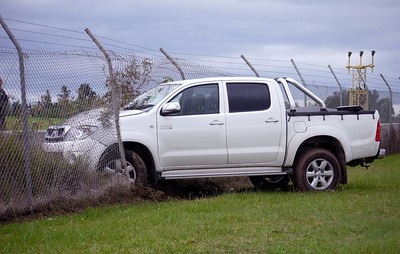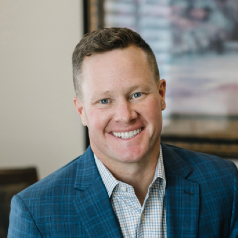Property Damage is defined as: “Physical injury to or destruction of tangible property, including the loss of use of such property” (Nolo’s Law Dictionary). This can be caused intentionally (criminal) or by acts of negligence (carelessness).
“Injury to, or loss of, any right, title, estate, or interest in real or personal property” (Utah Code).
Example Sentence
After falling asleep at the wheel, the driver lost control of the car and ran into the side of a home causing considerable property damage.
Case Study
Sue’s car had been badly damaged in an accident with Joe, so she took it to an auto body shop. They estimated that the cost to repair her car would be $10,000. Joe’s insurance company was billed for this property damage, allowing Sue to not have to pay for any of the problems. Sue also had a bike on the back of her car. As a result of the collision, her bike had also been damaged. Joe’s insurance also had to pay for the damage the bike sustained because the damage was a direct result of the accident.
Other Important Information
In Utah, drivers are required to have liability insurance with a minimum of $15,000 per accident for property damage (Utah Code). This insurance covers the costs of repairs or replacements if your car damages someone else’s property. Usually it is their car, but it could be a fence, a house or any other property damaged in an accident.
It is a good idea to purchase enough of this insurance to cover the amount of damage your car might do to multiple vehicles or objects. For example, if you caused a multiple car accident, your Property Damage Liability Coverage would pay up to your minimum limit of $15,000 to repair the other cars. However, if the repair costs amounted to $20,000, you would be personally responsible for paying the extra $5,000.
Utah’s code sets standards for “fair and rapid settlement of claims, protection for claimants under insurance policies from unfair claims adjustment practices, and promotion of professional competence of those engaged in claim adjusting” (R590-190-2). It is also important to note that no one can be tried twice for the same accident even if one is to recover property damage and the other is for personal injury expenses (see Allen v. Moyer)
“Toyota Hilux Into Fence” image copyright by Highway Patrol Images.

